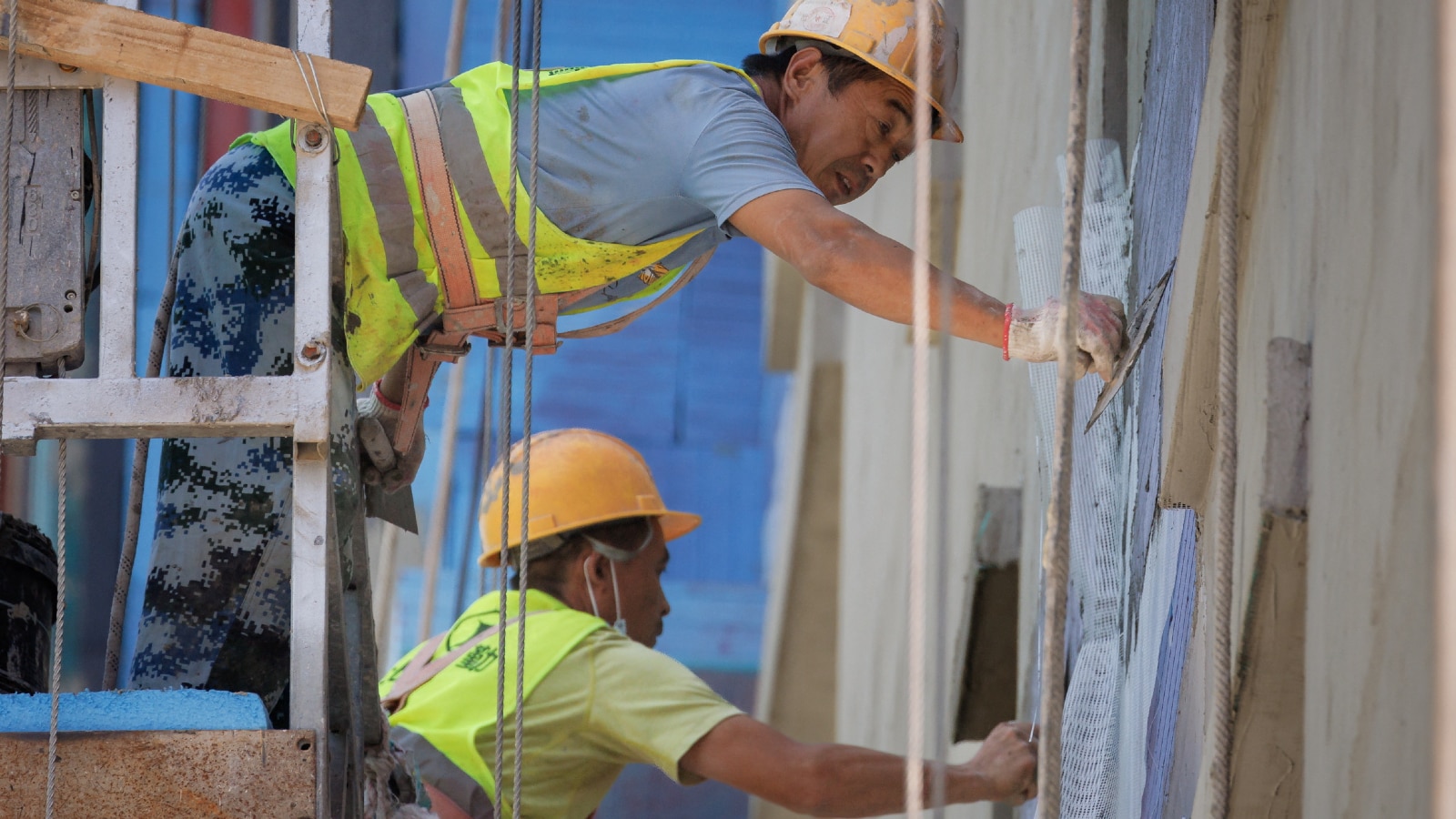Real Estate: Industrial, Warehousing Demand Strengthens In 2022; Up by 8%, Says Colliers
Edited By: Mohammad Haris
Last Updated: January 26, 2023, 16:06 IST

Improved market sentiments are expected to keep the momentum in the real estate sector high. (Image: Reuters)
Delhi-NCR leads demand during 2022 with a 36 per cent share, followed by Pune at a 23 per cent share in total leasing backed by robust demand from 3PL, engineering & electronics players
The year 2022 saw 24.5 million sq ft of industrial and warehousing demand, up 8 per cent on a YoY basis across the top-5 cities in India. Average quarterly leasing during 2022 remained strong at 6.1 mn sq ft from 5.7 mn sq ft in 2021, according to a report by Colliers.
It added that third-party logistics players (3PLs) remained the top occupier of warehousing space, contributing to about 44 per cent of the total demand in the sector during 2022. As consumer demand remains upbeat, 3PL players, e-commerce and retail companies are leasing industrial and warehousing space to cater to this growing demand. At the same time, there has been a spurt in demand for spaces from engineering companies. Improved market sentiments are expected to keep the momentum in the sector high.
“Delhi-NCR led the demand during 2022 with a 36 per cent share, followed by Pune at a 23 per cent share in total leasing backed by robust demand from 3PL, engineering & electronics players. Tauru road and Luhari saw a majority of the demand in Delhi-NCR, while Bhamboli continued to attract industrial and warehousing occupiers in Pune,” Colliers said in the report.
Shyam Arumugam, managing director (industrial & logistics services) of Colliers India, said, “The fundamentals remain strong for India’s industrial demand and production-linked incentive (PLI) schemes announced for key sectors by the government are expected to further boost local production fueling demand for organised industrial spaces and warehousing facilities. China plus one strategy is gaining more vigour and global companies are keen on shifting their manufacturing focus to India as part of their de-risking strategy. This would be a key trend to watch out for this year.”
Arumugam added that the Indian logistics growth story continues to remain resilient and is further progressing on an accelerated growth trajectory owing to the focus on companies catering to changing consumer behavior across India. The convenience of shopping/ returns, improved UPI adoption, omnichannel retailing, etc. have led to e-commerce demand growth thereby translating into demand for more warehousing capacities especially to augment last-mile connectivity in Tier-I and Tier-II cities this year.
The report said that during 2022, demand from engineering and electronics firms surged more than 2X (YoY), while their share in the leasing pie rose from 13 per cent in 2021 to 28 per cent. About 70 per cent of leasing in engineering and electronics were large-sized deals (>1,00,000 sq ft) as they ramped up their operations across cities. Delhi-NCR and Pune were the most preferred locations for these firms.
Vimal Nadar, senior director (research) of Colliers India, said, “Large deals (deals > 100,000 sq ft) contributed about 70 per cent of the demand during 2022. Amongst the larger deals, the share of 3PL, engineering and electronics companies remained the highest. Demand from engineering and electronics is picking pace with a rise in consumption and easing of supply chain bottlenecks. We expect engineering and electronics companies to continue to take up larger spaces in the next few quarters as fundamentals remain strong.”
While demand remained robust in 2022, the markets remained restricted with supply. During 2022 there was about 19 mn sq ft new supply, a 20 per cent decline YoY. Developers went slower with new supply as the cost of construction remained volatile during the year. They remained cautious and awaited pre-commitments. Consequently, this led to a drop in vacancy levels amidst robust demand. Overall vacancy levels lowered by 2.4pp during the year and stood at 9.4 per cent. With limited new supply and robust demand, rentals across the key micro markets witnessed an increase in 2022.
Supply is likely to remain under check, thus rents are likely to firm up in the next few quarters. However, this would largely depend on how the economic & business environment would pan out. Going ahead, there will be a greater focus on sustainability and adoption of technology to bring in greater operational efficiency.
Read all the Latest Business News here
For all the latest business News Click Here

